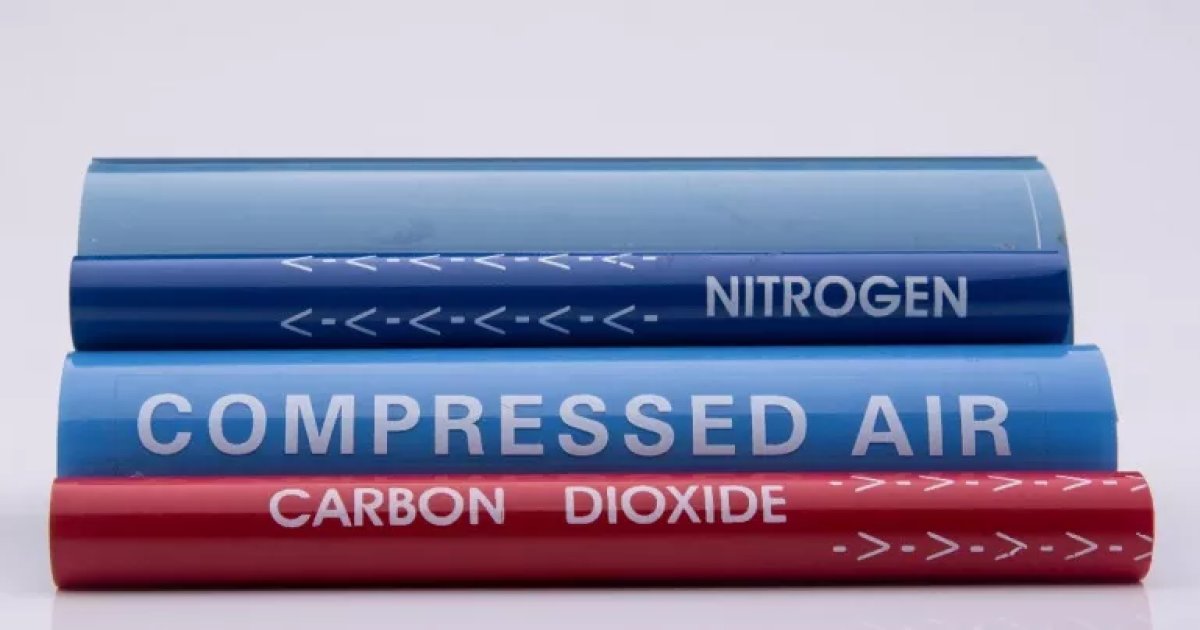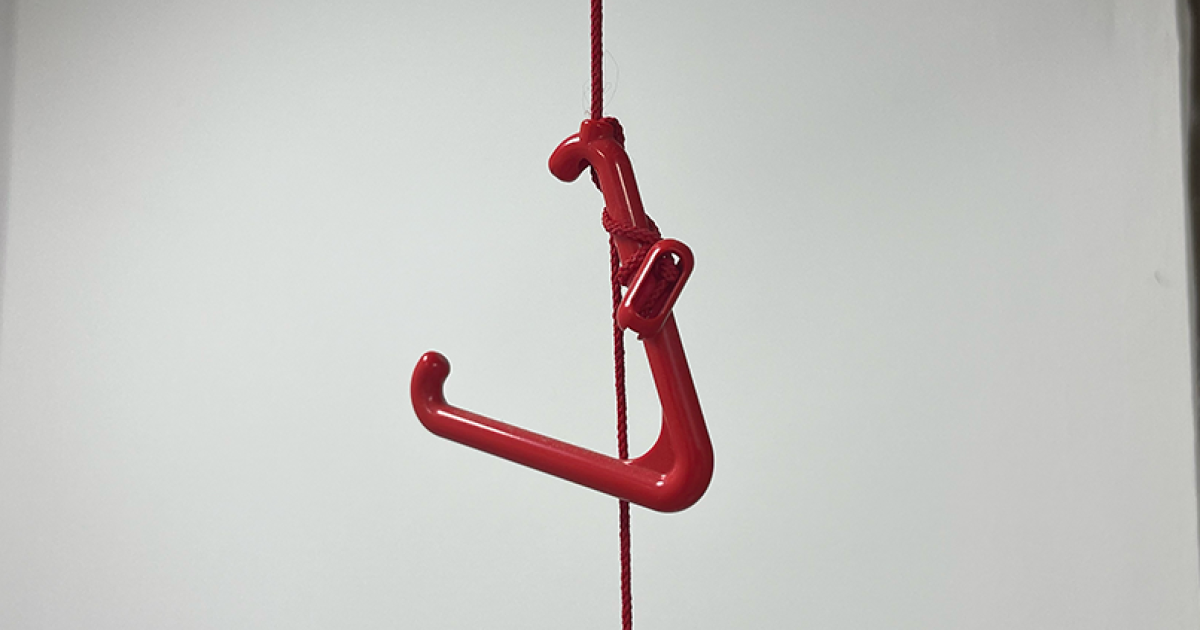Pipe Identification Tags: How to Organise Industrial Systems
Date: 05/11/25

In even the most basic of set-ups, clear identification of your pipework is crucial for operations, maintenance, safety and emergency response. Unlabelled pipes and conduits will delay regular maintenance, costing you time and money, and delay fire crews and other emergency responders, which could cost you a great deal more, and could even cost lives.
Clear and unambiguous pipe identification tags from Sleeve It make it quick and easy to see what is carried in each pipe, the direction of flow and any inherent dangers posed by the contents.
In this article, we’ll take a look at why pipe identification markers are non-negotiable, and explain how to select the right pipe markers and how to deploy pipe markers across your premises.
The Critical Role of Pipe Labelling in Efficiency, Safety and Compliance
As we discussed recently, pipe identification tags are more than just an added extra, they are a non-negotiable element of your industrial installation for efficiency, safety and compliance.
-
Boosting Operational Efficiency – tagged pipes make repairs and maintenance clearer and quicker, reducing costly downtime on essential systems
-
Enhancing Workplace Safety – pipe identification tags help to reduce accidents involving hazardous contents such as hot fluids, acids or toxic chemicals. It also helps your team to avoid cross contamination.
-
Assisting Emergency Services – delays due to uncertainty of risk can lead to damage and risk to life that could easily be avoided if emergency services have the information they need to act fast
-
Ensuring Regulatory Compliance – Sleeve It pipe markers will ensure your premises comply with both HSE guidelines and British Standard BS 1710
Practical Guide to Selecting Your Pipe Markers
There are a number of things to look for in pipe markers, including the colours and text, the information they contain and the way that they are applied.
Understanding Pipe Marking Colours and Codes
British Standard BS1710 sets out the required colours, text size and style for pipe marking to create a standard system that everyone can recognise and respond to. Sleeve It pipe identification tags fully comply with this system.
What Information Must a Pipe Label Include?
Pipe identification tags must include details of the contents of the pipe and the direction of flow. If there are risks from high temperatures or pressure in the pipe, the pipe marker should also warn of this.
What type of pipe marker do I need? – Sleeve It provides pipe identification tags as either coiled pipe markers, which wrap around pipes, or snap-on pipe markers, which are easily push-fitted. Both styles can be custom made to your exact specifications, with long life screen printing.
How to Correctly Install Your Pipe Identification Tags
BS1710 provides a useful practical guide to the placement of pipe identification tags. Much of this is common sense, with the guidelines suggesting that you consider the following:
-
Regular markers every 6-15metres
-
Clear text that can be seen from all required angles
-
Markers either side of walls of other obstacles
-
Markers at key points like junctions, valves and branches
Frequently Asked Questions
Q: What is the UK standard for pipe marking?
A: The British Standard for pipe identification markers is BS 1710: 2014 Specification for Identification of Pipelines and Services, which outlines the colour and information required on tags. Pipe identification is also covered under the Heath and Safety (Safety Signs and Signals) Regulations 1996.
Q: How often should I place a pipe marker?
A: It is recommended that pipe markers are placed at regular intervals of 6-15metres, with extra markers at walls, junctions, valves etc. However, the guidelines warn against ‘over marking’ pipes by placing pipe markers too frequently.
Q: Can I get custom pipe identification tags?
A: Yes. Sleeve It pipe identification tags can be custom made to your exact specifications, covering any kind of industrial or commercial operations.
Q: What is the difference between a pipe tag and a pipe label?
A: Pipe labels tend to be stick-on plastic labels that are less durable and need replacing more often. They are also difficult to fit to curved or vertical pipework, or to rusty or dirty pipes. Sleeve It pipe tags are made from durable polyester and can be fitted on any kind of pipe with no surface preparation required.
Q: Protect Your Premises Today with Sleeve It Pipe Identification Tags
A: Sleeve It pipe identification tags were designed in collaboration with our customers, to ensure they deliver the performance and compliance you need. To find out how quickly and easily you can enhance safety, support emergency services and guarantee regulatory compliance, contact the team at Sleeve It today.
0 Comment
Add your Comment
We have the ability to edit and/or delete posts and comments. Links should be relevant to the topics. Please note all comments are subject to review before inclusion.


Nobody has commented yet. Why not add one?